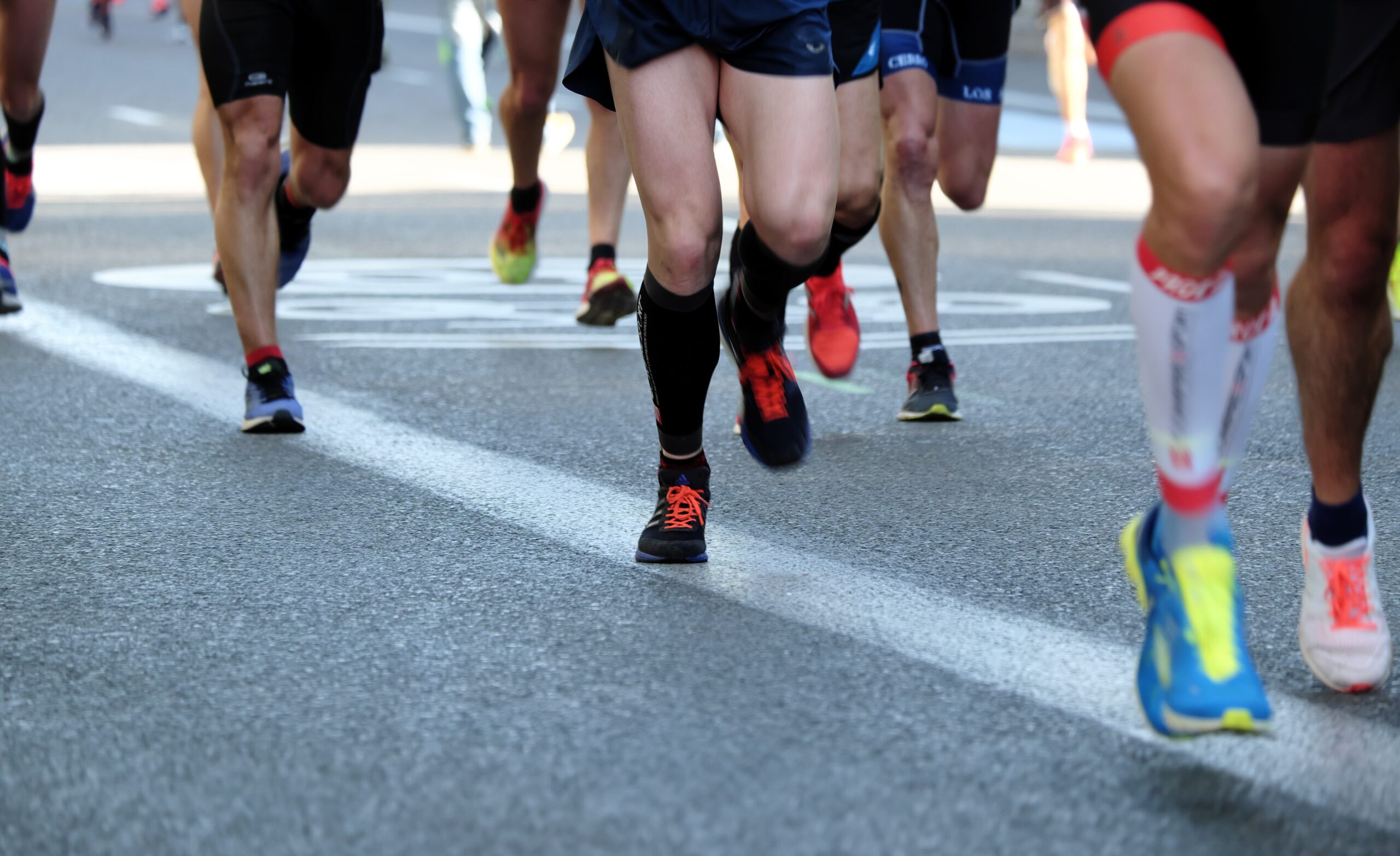4 Race Day Rules Every Runner Should Remember (and What Happens When You Don’t)
A lesson on preparation, pacing, and listening to your body
Every runner looks forward to race day with a mix of nerves and excitement. You’ve trained for weeks, your body feels ready, and you want to perform your best. But even small race day mistakes—like trying new gear, starting too fast, or changing your plan mid-run—can lead to fatigue, frustration, or injury. These lessons often come the hard way, as I learned during my own half marathon experience. Here’s what went wrong, what I learned, and how you can prevent similar running injuries during your next race.
I went into my half marathon feeling great, well trained, and ready to set a personal record. The weather was perfect, the parking was easy, and my energy was high. Everything pointed to a great race day.
Then, just minutes after texting my friend about how beautiful the morning was, a dark cloud rolled in – literally and figuratively.
Marathon Rule #1: Don’t use new equipment on race day
By mile one, my phone began looping the same song. I had never used it for a playlist before, and in my excitement I forgot the cardinal rule: never try something new on race day. After a few frustrating minutes of troubleshooting (and even a quick call to my son), I was back on track but five minutes behind schedule.
That small mistake set off a chain reaction.
Marathon Rule #2: Don’t go out too fast
Trying to make up lost time, I ran harder than I had trained for during the next several miles. My inner voice told me to hold back and save it for the marathon training ahead, but I ignored it. Running too fast too soon can lead to fatigue or injury, and unfortunately, that is exactly what happened.
Marathon Rule #3: Stick to your race plan
Every runner should have a pace and a backup plan. Race day adrenaline can tempt you to adjust mid-run, but last-minute changes often lead to overuse injuries, either during the race or in the days that follow.
Marathon Rule #4: Don’t forget to have fun
In my effort to chase a PR, I forgot why I love running in the first place—the freedom, the joy, and the community. Instead of taking in the moment, I kept checking my watch. By the finish line, not only had I lost my five minutes, I lost another five and the enjoyment of the experience.
The consequence: A setback that taught me balance
A few days later, my ankle began to ache. The diagnosis: peroneal tendonitis, an overuse injury from running faster than my body was ready for. I took time off, began physical therapy, and focused on restoring balance and strength. Swimming became part of my rehab and, eventually, my cross-training plan. It improved my flexibility, core strength, and trunk mobility, all vital for efficient running form.
Now, when I line up for a race, I remember why I run and the importance of listening to my body.
Before your next race, take these lessons with you:
-
Test your gear and fuel ahead of time
-
Stick to your planned pace
-
Have a plan and a backup
-
Most importantly, have fun
Your best race is not always your fastest. It is the one you finish strong, healthy, and smiling.
Remember these rules when lining up for your next race and most importantly, have fun!
For more information on race day strategies please follow these links.
http://beta.active.com/running/Articles/10-Race-Day-Tips-to-Remember
http://beta.active.com/running/articles/10-tips-to-race-tough
http://beta.active.com/running/articles/race-day-strategies-for-marathoners







Reblogged this on denisessite.